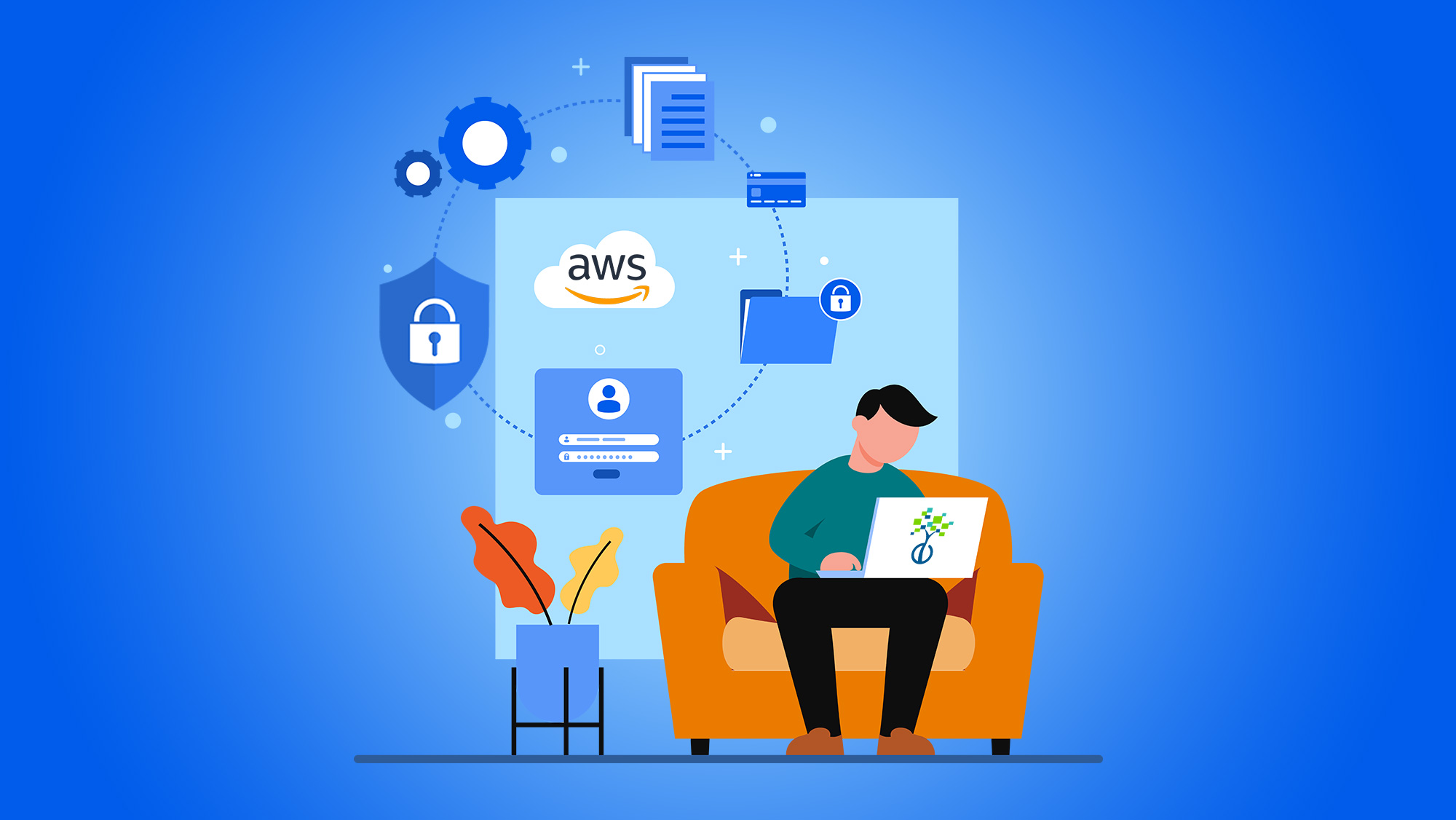
Amazon Web Services (AWS) provides a wide range of cloud computing services that allow businesses to store, process, and analyze data at scale. While AWS provides a secure and reliable infrastructure, it's still important to take extra measures to protect your data. In this blog, we'll explore some best practices for securing your AWS environment.
MFA adds an extra layer of security to your AWS account by requiring a secondary authentication method, such as a code generated by an app on your phone or a physical token. Enabling MFA on your AWS account can help prevent unauthorized access to your resources.
AWS provides several tools to control who has access to your resources. Use AWS Identity and Access Management (IAM) to create policies that restrict access to specific resources or actions. Implementing the principle of least privilege, which only grants access to what is absolutely necessary, can help minimize the risk of unauthorized access.
AWS provides several encryption options for securing your data, including server-side encryption, client-side encryption, and AWS Key Management Service (KMS). Encrypting your data can help protect it in the event of a security breach or data leak.
AWS Virtual Private Clouds (VPCs) allow you to create a private network within the AWS cloud. Use VPCs to isolate your resources and control access to them. Security Groups provide a firewall that can be used to restrict traffic to your resources.
AWS provides several tools for monitoring and logging your resources, including CloudWatch, CloudTrail, and AWS Config. Implementing monitoring and logging can help you detect security incidents and respond to them quickly.
Regularly updating and patching your software is an important part of keeping your AWS environment secure. AWS provides tools for automating software updates, such as AWS Systems Manager and AWS Elastic Beanstalk.
Regularly backing up your data is an important part of protecting it. AWS provides several backup options, including Amazon S3, Amazon EBS, and Amazon Glacier. Backing up your data can help ensure that you can recover from a security incident or data loss.
Your employees can be a weak link in your security chain. Provide regular security training to your employees to help them understand the importance of security and the best practices for protecting data.
In conclusion, securing your AWS environment requires a multi-layered approach that includes access controls, encryption, network isolation, monitoring, and training. By implementing the best practices outlined above, you can help protect your data and ensure that your AWS environment is secure.
These Stories on AWS
No Comments Yet
Let us know what you think